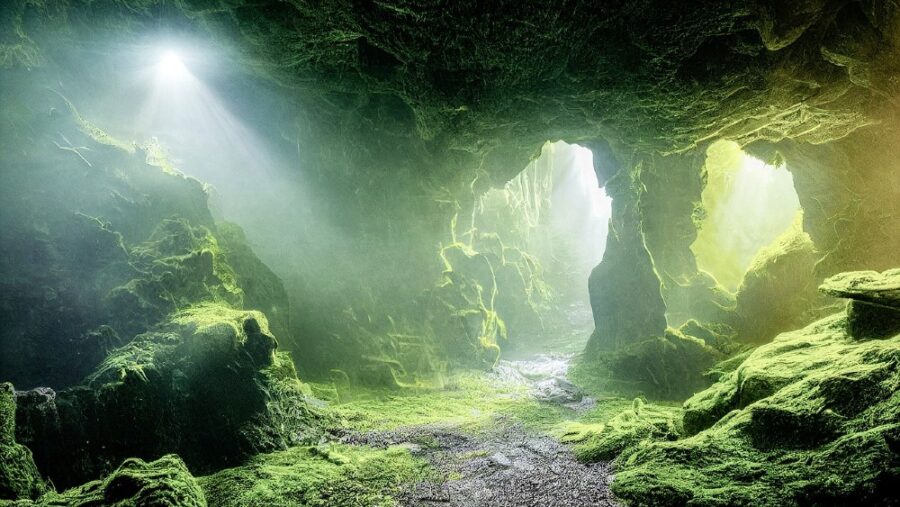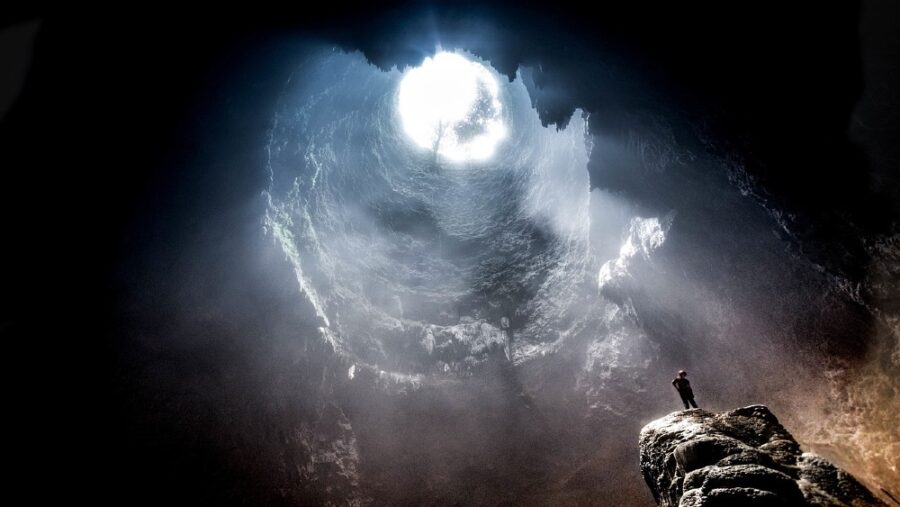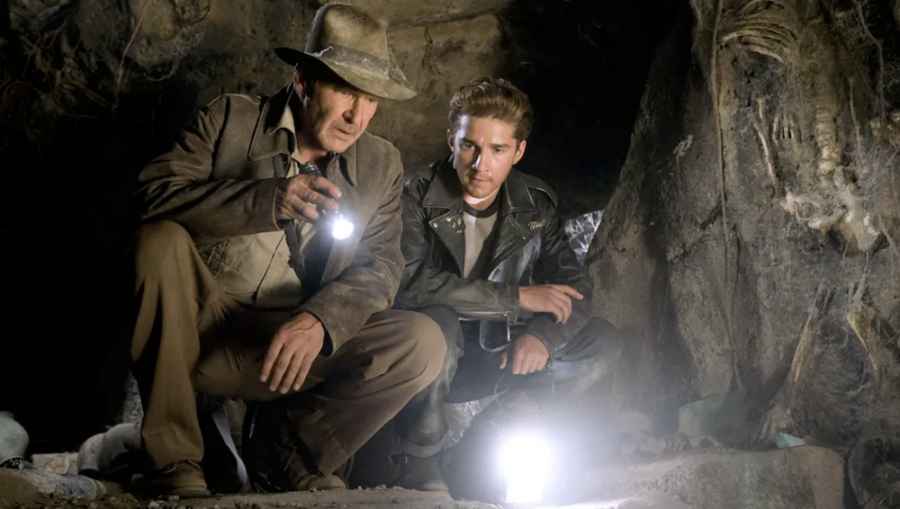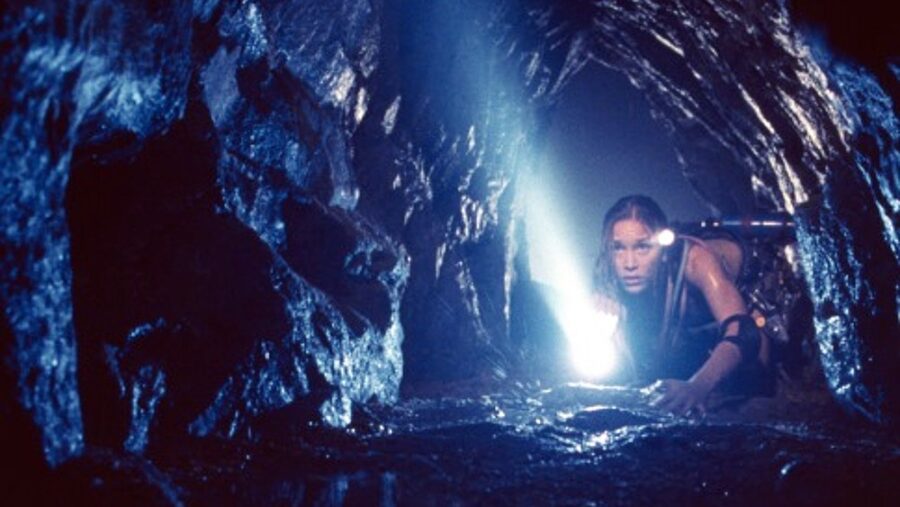Ancient Weapons In Cave Stumps Scientists

When researchers stumble across a hidden cache of ancient weapons, it’s reasonable to assume that they were left behind by whatever civilization lived in the area at the time. But the hunting instruments that were recently found occupying a remote cave in Querétaro Mexico tell a different story, as they aren’t necessarily specific to the region. In a archaeological dig conducted by the Mexican National Institute of Anthropology and History (INAH), the 1900-year-old samples were unearthed, but will need to be further studied to know their true origin.
More Than A Quick Stroll

It’s worth noting that the ancient weapons took quite a bit of effort to locate. In order to enter the passageway that led to the artifacts, the INAH had to work under the supervision of the cavers who originally found the opening of the cave. And we’re not talking about a leisurely stroll that had to be made, but rather a 600-foot trek to the bottom of a ravine to enter the ancient gallery known as the Treasure Cave (Cueva del Tesoro).
What They Found

Among the ancient weapons that were discovered were a perfectly preserved atlatl (a primitive dart-thrower) and its accompanying darts. A number of modified logs were also discovered, and researchers have reason to believe that they were most likely used for digging and other functions that have yet to be determined. The most incredible part about this discovery is that the Treasure Cave’s dry environment allowed for the tools to be perfectly preserved.
The Archaeologists Are Confused

As amazing as this discovery may be, it’s also making researchers scratch their heads. When ancient weapons are discovered, it’s normally the case that they belonged to a permanent settlement. In this instance, however, there aren’t enough pre-Hispanic tools found in the surrounding area that we currently know of.
One Possible Explanation

The prevailing theory is that the ancient weapons belonged to a hunter-gatherer society that was just passing through for a brief period of time. Carlos Viramontes, an archaeologist who reviewed the samples, suggests that similar hunter-gatherer tribes occupied the area as early as 7000 BC, and continued to do so until a couple of centuries after the Spanish arrived. Radiocarbon dating techniques suggest that the most recently discovered artifacts were left behind between AD 7-132.
This theory is supported by the fact that similarly dated ancient weapons were found in Mesa de León in 1989, which isn’t too far off from the Cueva del Tesoro. But until more data is collected and considered, it remains to be seen whether they belonged to the same group.
Time Will Tell

For the time being, we’ll need to wait for further analysis of the ancient weapons to determine what kind of nomadic group they belonged to. Hopefully, cavers and the INAH will eventually unearth similar stashes that will provide more insight into the hunter-gatherer groups that traveled through the region. It’s not outside the realm of possibility that several groups were occupying the area at the time, but their tools were not preserved like the ones that were most recently discovered.
And if more ancient weapons ultimately end up being discovered in the area, we can learn more about how they were used on a day-to-day basis, and what kind of group they belonged to.
Source: Newsweek












